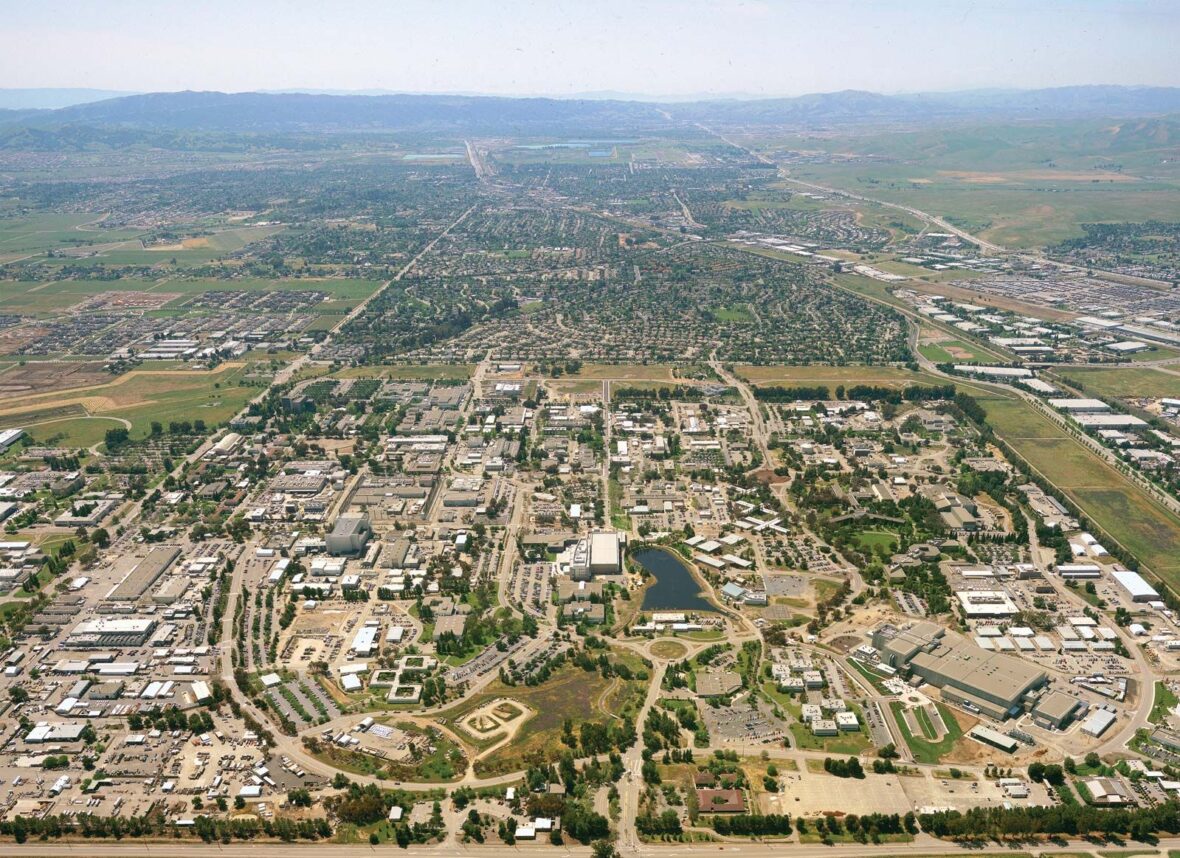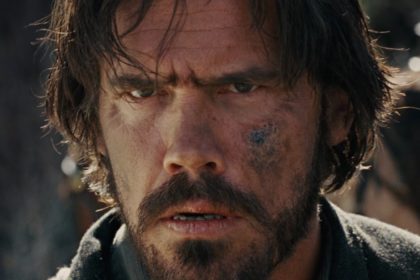Livermore (formerly Livermores, Livermore Ranch, and Nottingham) is a city in Alameda County, California, United States. Take a look below for 20 fun and amazing facts about Livermore, California, United States.
1. With a 2020 population of 87,955, Livermore is the most populous city in the Tri-Valley.
2. It is located on the eastern edge of California’s San Francisco Bay Area. The current mayor is Bob Woerner.
3. Livermore was platted and registered on November 4, 1869, as a railroad town by William Martin Mendenhall and named for Robert Livermore, his friend and a local rancher who settled in the area in the 1840s.
4. It is the home of the Lawrence Livermore National Laboratory, for which the chemical element livermorium is named (and thus, placing the city’s name in the periodic table).
5. It is also the California site of Sandia National Laboratories, which is headquartered in Albuquerque, New Mexico. Its south side is home to local vineyards. The city has redeveloped its downtown district and is considered part of the Tri-Valley area, comprising Amador, Livermore and San Ramon valleys.
6. Before its incorporation in 1796 under the Franciscan Mission San Jose, located in what is now the southern part of Fremont, the Livermore area was home to some of the Ohlone (or Costanoan) native people.
7. Each mission had two to three friars and a contingent of up to five soldiers to help keep order in the mission and to help control the natives. Like most indigenous people in California, the natives in the vicinity of Mission San Jose were mostly coerced into joining it, where they were taught Spanish, the Catholic religion, singing, construction, agricultural trades and herding—the Native Californian people originally had no agriculture and no domestic animals except dogs.
8. Other tribes were coerced into other adjacent missions. The Mission Indians were restricted to the mission grounds where they lived in sexually segregated “barracks” that they built themselves with padre instruction. The population of all California missions plunged steeply as new diseases ravaged the Mission Indian populations—they had almost no immunity to these “new to them” diseases, and death rates over 50% were not uncommon.
9. The Livermore-Amador Valley after 1800 to about 1837 was primarily used as grazing land for some of the Mission San Jose’s growing herds of mission cattle, sheep and horses. The herds grew wild with no fences and were culled about once a year for cow hides and tallow—essentially the only money-making products produced in California then.
10. The dead animals were left to rot or feed the California grizzly bears which then roamed the region. The secularization and closure of the California missions, as demanded by the government of Mexico, from 1834 to 1837 transferred the land and property the missions claimed on the California coast (about 1,000,000 acres (400,000 ha) per mission) to about 600 extensive ranchos.
11. After the missions were dissolved, most of the surviving Indians went to work on the new ranchos raising crops and herding animals where they were given room and board, a few clothes and usually no pay for the work they did—the same as they had had while working in the missions. Some Indians joined or re-joined some of the few surviving tribes.
12. The about 48,000-acre (19,000 ha) Rancho Las Positas grant, which includes most of Livermore, was made to ranchers Robert Livermore and Jose Noriega in 1839.
13. Most land grants were given with little or no cost to the recipients. Robert Livermore (1799-1858) was a British citizen who had jumped from a British merchant sailing ship stopping in Monterey, California, in 1822. He became a naturalized Mexican citizen who had converted to Catholicism in 1823 as was required for citizenship and legal residence. After working for a number of years as a majordomo (ranch foreman), Livermore married on 5 May 1838 the widow Maria Josefa de Jesus Higuera (1815–1879), daughter of Jose Loreto Higuera, grantee of Rancho Los Tularcitos, at the Mission San José.
14. Livermore, after he got his rancho in 1839, was as interested in viticulture and horticulture as he was in cattle and horses, despite the fact that about the only source of income was the sale of cow hides and tallow. In the early 1840s he moved his family to the Livermore valley to his new rancho as the second non-Indian family to settle in the Livermore valley area, and after building a home he was the first in the area in 1846 to direct the planting of vineyards and orchards of pears and olives.
15. Typical of most early rancho dwellings, the first building on his ranch was an adobe on Las Positas Creek near the western end of today’s Las Positas Road. After the Americans took control of California in 1847 and gold was discovered in 1848, he started making money by selling California longhorn cattle to the thousands of hungry California Gold Rush miners who soon arrived.
16. The non-Indian population skyrocketed, and cattle were suddenly worth much more than the $1.00-$3.00 their hides could bring. With his new wealth and with goods flooding into newly rich California, in 1849 Livermore bought a two-story “Around the Horn” disassembled house that had been shipped about 18,000 miles (29,000 km) on a sailing ship around Cape Horn from the East Coast. It is believed to be the first wooden building in the Livermore Tri-Valley.
17. During the Gold Rush, Livermore’s ranch became a popular “first day” stopping point for prospectors and businessmen leaving San Francisco or San Jose and headed for Sacramento and the Mother Lode gold country. Most horse traffic went by way of Altamont Pass just east of Livermore. Robert Livermore was a very accommodating host and welcomed nearly all that stopped by with lodging and meals.
18. Robert Livermore died in 1858 and was buried at Mission San Jose before the establishment of the town that bears his name. His ranch included much of the present-day city. The town of Livermore, named in honor of Robert Livermore, was platted and registered on November 4, 1869 as a railroad town by William Martin Mendenhall, who had first met Livermore while marching through the valley with John C. Fremont’s California Battalion in 1846 as they were recruited to occupy the surrendering Californio towns captured by the U.S. Navy’s Pacific Squadron.
19. The Livermore Ranch post office, in Robert Livermore’s home, operated from 1851 to 1853. The first significant settlement in the valley was Laddsville, a small settlement of about 75 that had grown up around the hotel established by Alphonso Ladd in 1864 on what is now Junction Avenue. The official U.S. post office in Livermore opened on Jan. 15, 1869. It was called Nottingham in the mistaken belief that Robert Livermore had been born in Nottingham, England. (He was actually born in Springfield, Essex England.) The post office’s name was changed to Livermore on July 7, 1870.
20. The original Western Pacific Railroad Company in September 1869 completed its railroad connection from Alameda Terminal to Sacramento over the nearby Altamont Pass in the east and Niles Canyon on the west with a stop and station on the land donated by Mendenhall and adjacent to the town he’d laid out.




